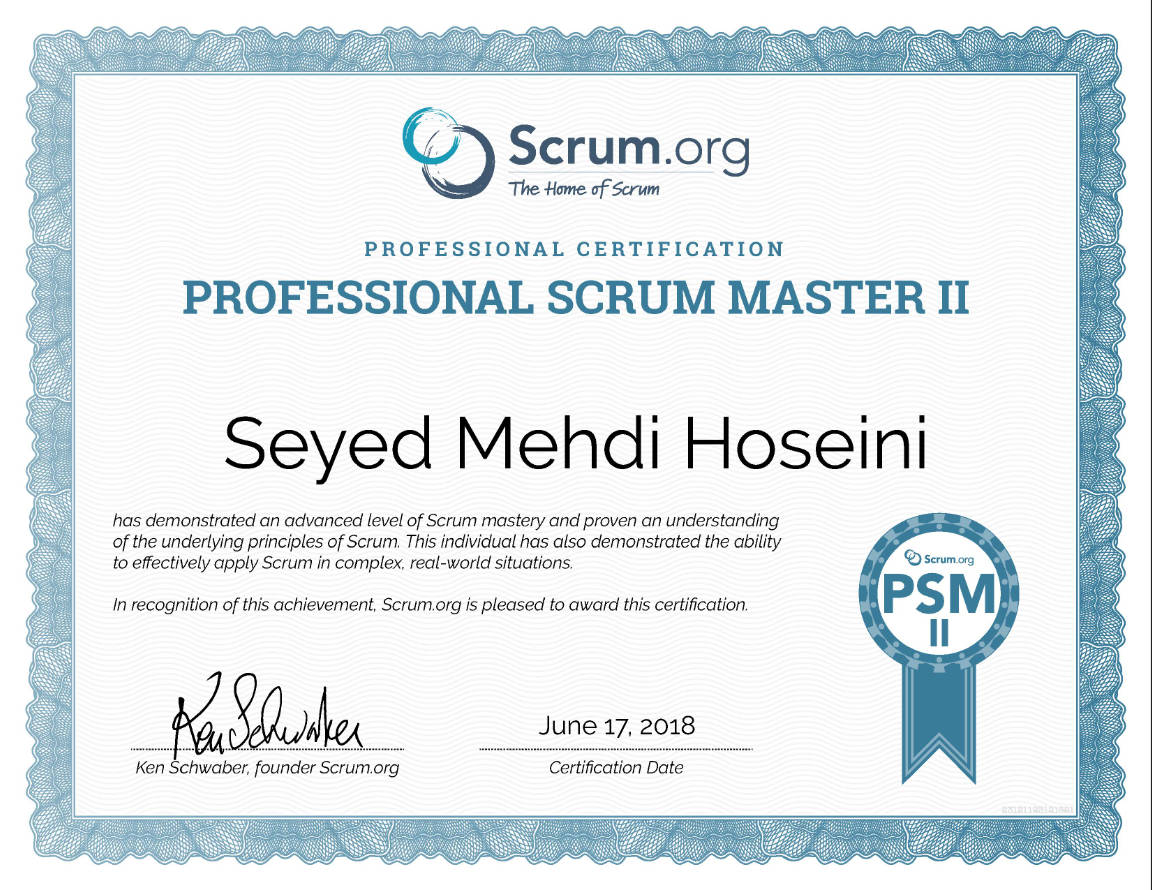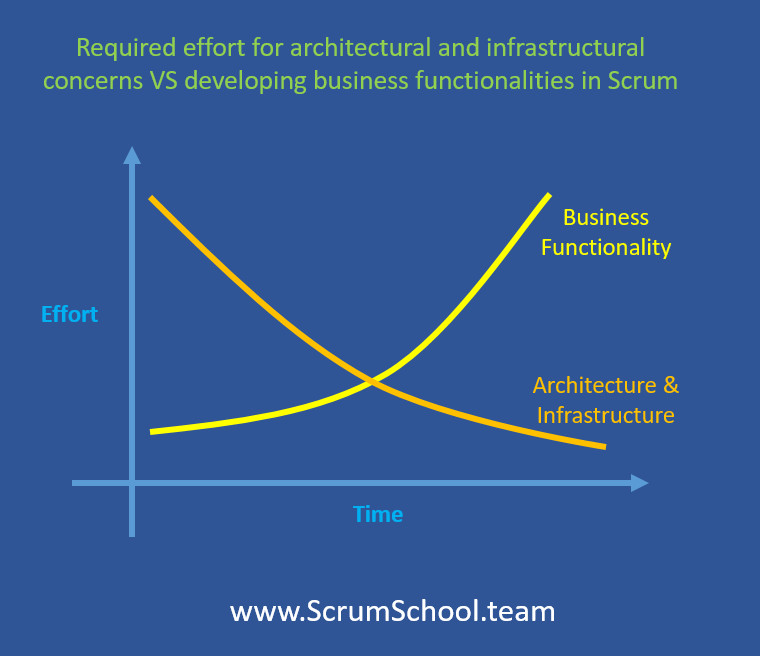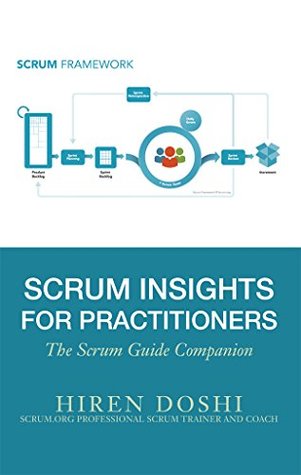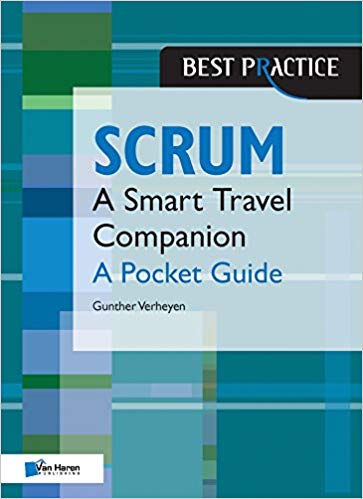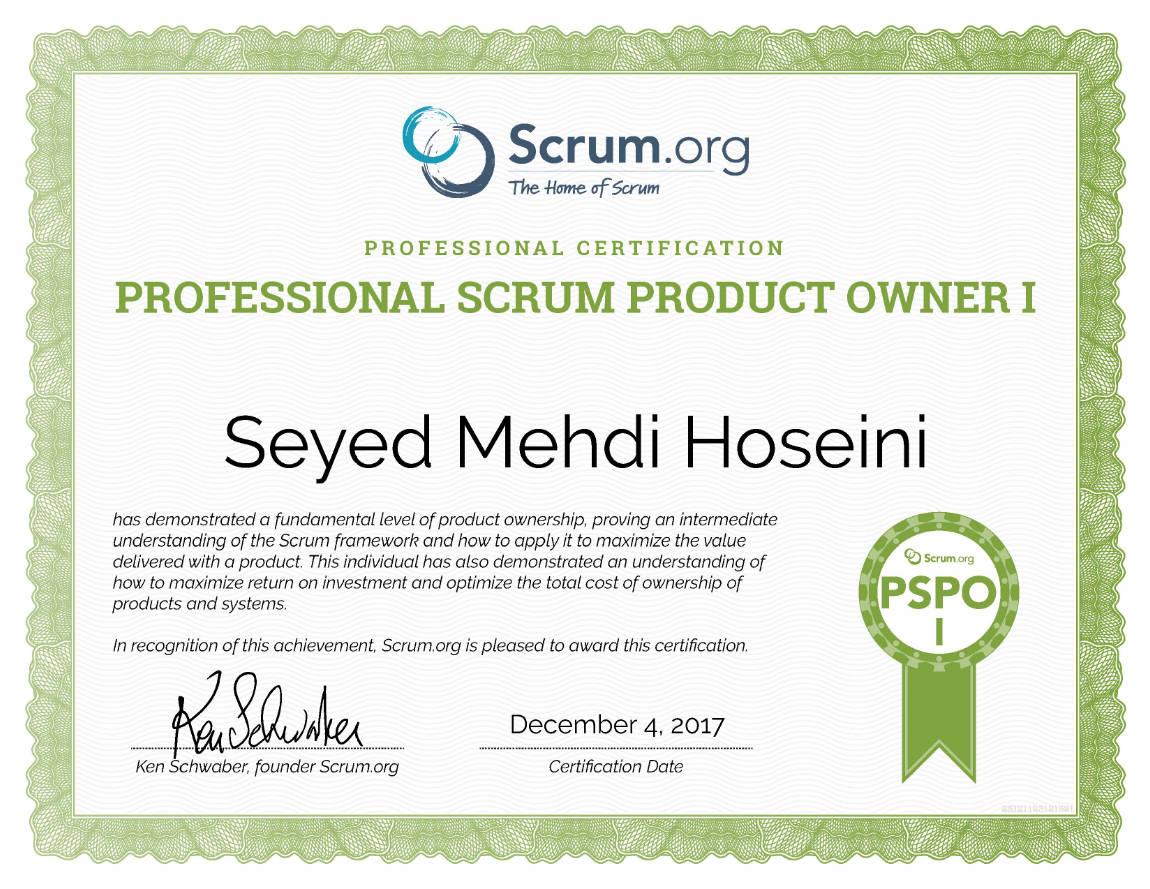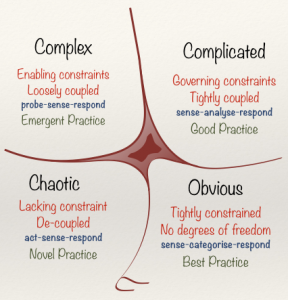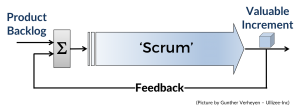PSM III exam is expensive and most challenging, so we have provided a guide for the candidates to prepare, practice and pass it according to our experience.
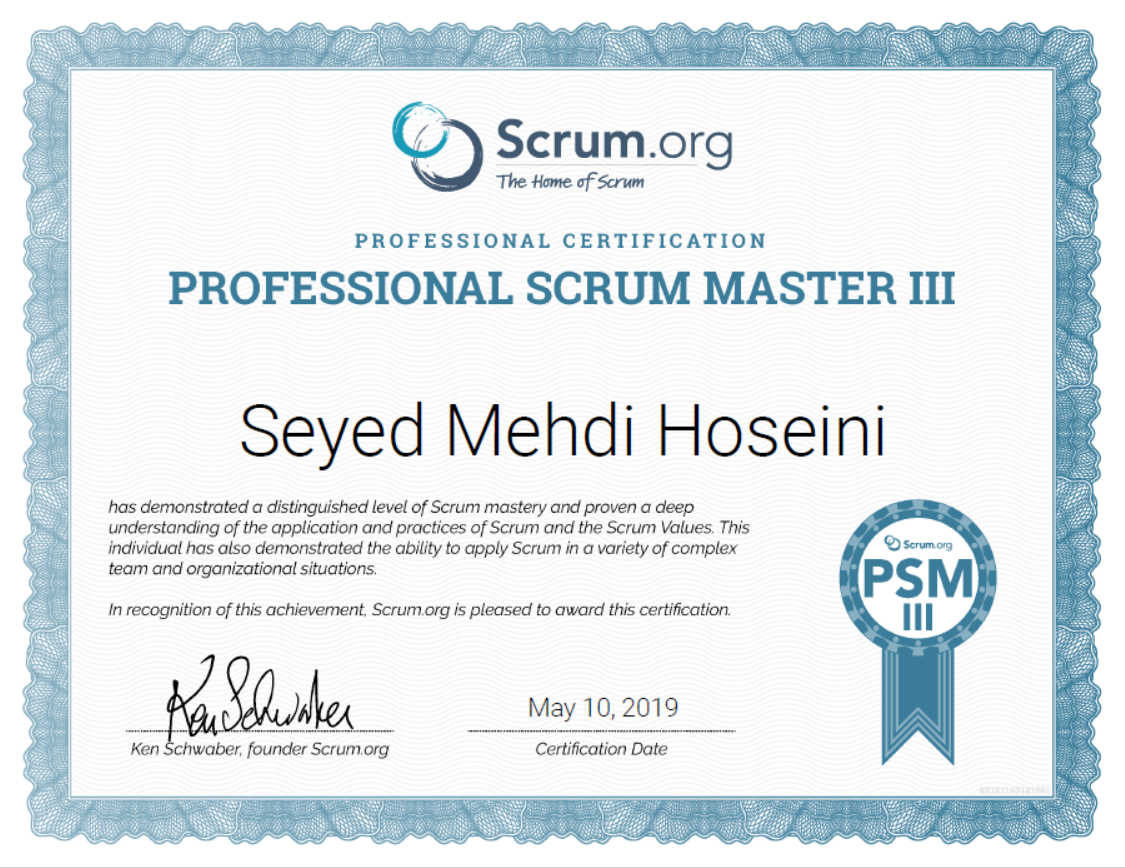
Scrum.org exams and in this case PSM III exam are challenging and expensive. So people want to know how they can pass these exams with more confidence. Therefore, we have decided to prepare a series of preparation guides for the Scrum.org exams.
Each guide contains minimum mandatory actions that should be done for passing the exam in a suitable time. The PSM III exam is an essay-based exam and the most difficult one in the Scrum world. So, don’t take the exam before complete preparation.
In this post, we will introduce the PSM III exam (Professional Scrum Master III) step by step preparation guide as follows:
Main Materials
- Read “The Scrum Guide” carefully word by word
- “Mastering Professional Scrum” book by
- “Fixing Your Scrum” book by
- “Scrum A Pocket Guide” book by Gunther Verheyen
- “Scrum Insights for Practitioners: The Scrum Guide Companion” book by Hiren Doshi
- “Coaching Agile Teams” book by Lyssa Adkins
- “The Professional Product Owner: Leveraging Scrum as a Competitive Advantage” book by Don McGreal and Ralph Jocham
- ”The Scrum Values” blog post by Gunther Verheyen
Books and Articles
- Read “The Nexus Guide” carefully
- Read all materials of the Scrum Master Learning Path
- “Software in 30 days” book by Ken Schwaber
- “The five dysfunctions of a team” book by Patrick Lencioni
- “Extreme Ownership” book by Jocko Willink and Leif Babin
- The Scrum Glossary
- ”There’s Value in the Scrum Values” blog post by Gunther Verheyen
- ”4 Ways to Coach with the Scrum Values” blog post by Stephanie Ockerman
- ”Definition of Done” blog post by Gunther Verheyen
- Read the ” Evidence-Based Management (EBM)”
Complementary Materials
- Check your knowledge by Professional Scrum Master III (PSM III) practice assessment on theScrumMaster.co.uk website by Simon Kneafsey
- It is recommended to participate in a two-day PSM I course
- Do all scrum open tests (scrum, product owner, developer, Nexus)
- Time management is one of the most important things that you should practice a lot.
- Be in your highest energy state when you want to take the exam
- Read ScrumSchool.team Scrum Master tips and tricks training manual
- The PSM III exam format is a combination of multiple-choice and essay questions and most of them are essay questions, so read Scrum open questions and write answers for them on a paper and practice it a lot. Because of the time limit, you should not write a lot, instead, try to answer just to the point with a few sentences.
Good Lock!
Related posts:
1- Preparation guide for the PSM I exam (Professional Scrum Master)
2- Preparation guide for the PSD I exam (Professional Scrum Developer)
3- Preparation guide for the PSPO I exam (Professional Scrum Product Owner)
4- Preparation guide for the PSM II exam (Professional Scrum Master II)
5- Preparation guide for the PAL I exam (Professional Agile Leadership I)
6- Preparation guide for the PSK I exam (Professional Scrum with Kanban I)

